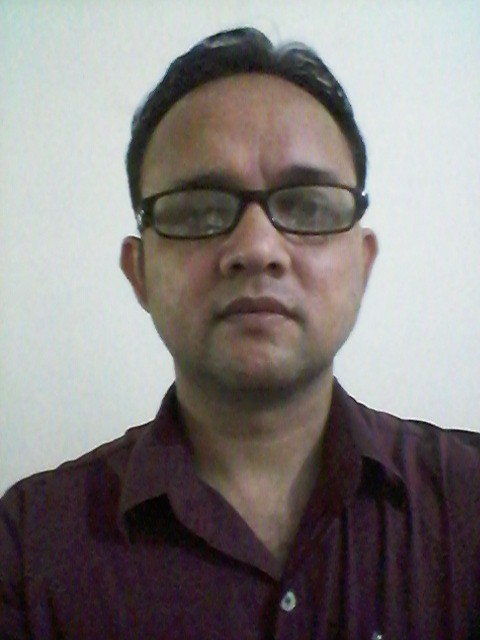
Dr. S.K.Kashyap
Head of department of ENT and Head Neck surgery at M.L.B. Medical college, Jhansi ,India.
Biography
Professor Dr. S.K.Kashyap is specialized in field of Otorhinolaryngology, head, neck and Skull base surgery with a very vast experience. He is currently heading the chair as the Head of department of ENT and Head Neck surgery at M.L.B. Medical college, Jhansi ,India.
Abstract
The ear ossicles are the three smallest bones in the human body and their function is to transmit the sound from vibrating tympanic membrane to the oval window. Erosion of ossicles or discontinuity of their joints is common in middle ear pathologies and this causes significant conductive hearing loss in the patients. Squamosal chronic otitis media is the commonest cause for ossicular discontinuity with other causes being mucosal COM, adhesive otitis media and trauma. Lenticular process and long process of incus erosion is the commonest defect found followed by stapes superstructure, handle of malleus, body of incus, head of malleus etc.
The term Ossiculoplasty refers to the operation performed to restore the continuity of ossicular chain. Over the years, various materials like tissue grafts (autografts/homografts/allografts) and synthetic biomaterials have been used for ossiculoplasty. Thees are incus, tragal or septal cartilages, cortical bone. Commercially available prostheses (PORP/TORP) like Titanium, Plastipore, Teflon, Hydroxyapatite.
Our study is aimed at using sculptured Spine of Henle to do the ossiculoplasty. Spine of Henle is a small and dense bony projection in the surface of temporal bone which can be encountered and harvested during post aural approach to middle ear. We have used Spine of Henle in various ossicular defects like lenticular and long process erosions, total or near total erosion of incus, erosion of stapes superstructure.
Contraindications are extensive cholesteatoma eroding outer cortex.